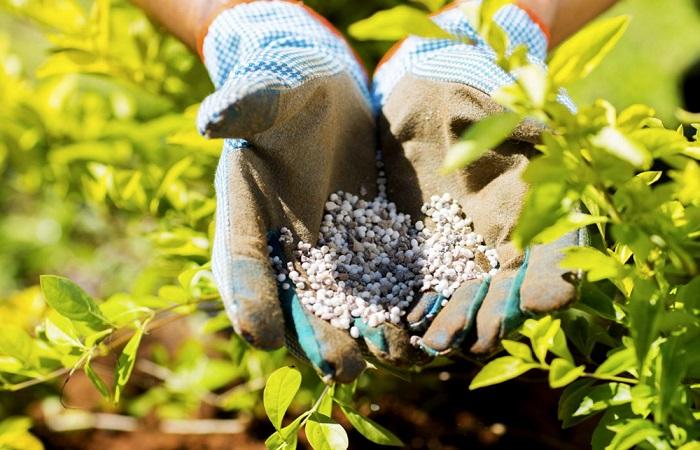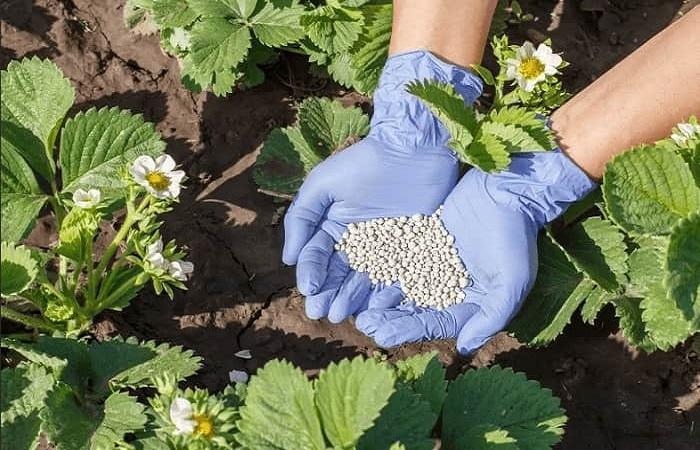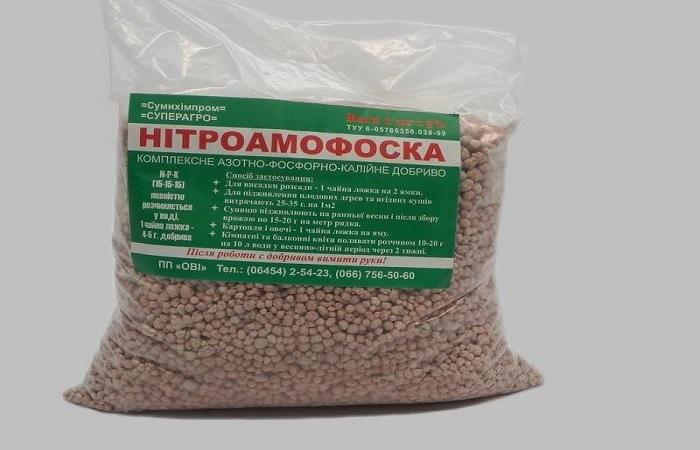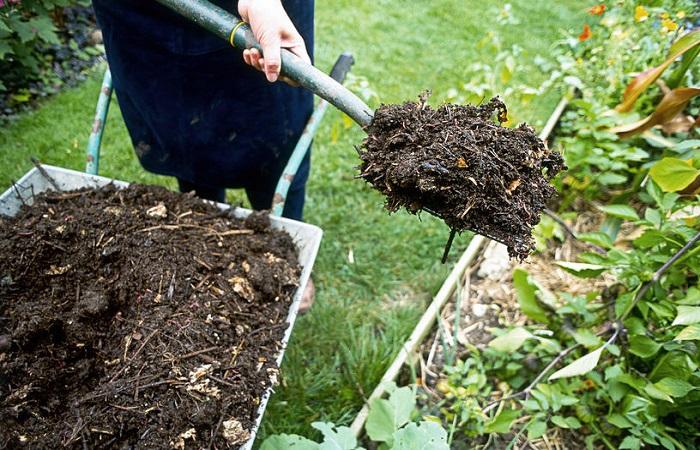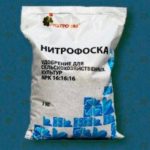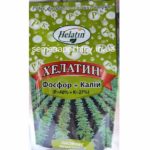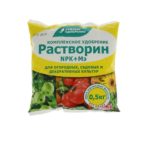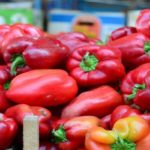Mineral and organic fertilizers are necessary for crops to fully develop, and it will not be possible to reap a rich harvest without the use of fertilizers. Among the minerals, one of the most important for fruit plants is phosphorus, which must be included in complex fertilizers along with potassium and nitrogen. Before using this element, it is important to understand in what concentration crops need it and at what time it is best to apply it.
What are phosphates and their role in plant nutrition
Phosphorus is one of the main minerals necessary for cultural and ornamental plants to fully develop. This element takes part in many metabolic processes occurring in plants, and is therefore of great importance.
If there is a lack of phosphorus in the soil, crops noticeably lag behind in development, the shade of leaf blades and stems changes to purple, and fruit ripening is delayed. In addition, a deficiency of a nutrient component negatively affects the condition of the root system and the protective functions of plants; they begin to get sick more often and become vulnerable to adverse weather conditions.
Despite the fact that the element is not part of carbohydrates and fats, their formation without phosphorus is impossible. Thanks to the participation of phosphates, which are found in chloroplasts, the process of converting carbon dioxide into carbonic acid anions, which are considered the main building component of organic compounds, starts. In the arable layer, the main part of phosphorus is in a form that is difficult to digest, so it does not reach the plants, which means that the nutrient must be applied in the form of phosphorus-containing fertilizers in order to replenish the crops’ need for this substance.
When are phosphate fertilizers used?
Most of all, cultivated plants need the mineral in the early stages of their growth and development. If in the first 2 weeks after germination the seedlings experienced a phosphorus deficiency, then subsequently it will not be possible to correct the disturbances in the development of crops, and this will affect the formation of fruits and yield.
Another period of the growing season when plants need phosphorus fertilizers is the formation of buds and fruit set.The element not only helps to increase the size of fruits and berries, but also increases their sugar content. However, phosphorus is used not only in spring, but also in autumn; it is added when digging up the soil for the winter. In this case, use granules rather than a liquid form of fertilizer.
What fertilizers contain phosphorus?
Phosphorus fertilizers are produced by manufacturers in different forms and types. They can be either monocomponent or part of complex fertilizers. Gardeners most often give preference to the following types:
- Simple superphosphate. The concentration of the element in this species ranges from 16 to 20 percent. In addition to phosphorus, the fertilizer contains sulfur, calcium and magnesium. The fertilizer comes on sale in the form of granules and powder, packaged in plastic bags. This type of fertilizer is highly soluble in water and is used both in open ground and in greenhouses. The fertilizer is suitable for almost all cultivated plants.
- Double superphosphate. A concentrated type of fertilizer, in which the phosphorus content is about 46%, is also highly soluble in water. It contains iron and aluminum phosphates, as well as calcium, in small concentrations. The preparative form is granules, used on any type of soil, both in spring and autumn.
- Ammofoska. Nitrogen-phosphorus fertilizer intended for feeding plants mainly in the spring. Used both in open and protected ground. The phosphorus concentration in the preparation is 15%. In addition to it, the composition includes nitrogen, sulfur and potassium. The use of this type of fertilizer is especially effective on clay and sandy soils. Ammophoska is suitable for feeding both fruit and ornamental crops.
- Phosphorite flour.This fertilizer has a prolonged effect and is applied when digging the site. Phosphorus in flour gradually saturates the soil, so you shouldn’t expect an immediate effect. The drug contains about 30% phosphorus and 40% calcium. The granules do not dissolve well in water, so they are added dry.
- Nitroammophoska. The concentration of phosphorus in the fertilizer is 16%; in addition, it contains potassium and nitrogen, so in the autumn, fertilizing is used with caution so as not to provoke increased growth of green mass of plants. Nitroammophoska is used for almost all fruit and ornamental crops.
When using phosphorus-based fertilizers, you must adhere to the dosage recommended by the manufacturer.
DIY making
The concentration of phosphorus in self-made fertilizer is low, but it is natural, does not harm human health and does not accumulate in the soil. To prepare compost, organic matter is used, which includes pumpkin seeds, fish and meat, corn flour and legume waste. These components are placed in a compost pit, when they are completely rotten, fertilizer is used to feed the plants.
Instructions for use
The instructions included with each commercially produced fertilizer indicate consumption rates, which depend on the method of application.
Adhere to the following dosages:
- Simple superphosphate. Take 40-50 grams of fertilizer per square meter of garden when digging up the soil. For root watering, use 15 to 20 grams of fertilizer per square of plantings.
- Double superphosphate. Used in spring or autumn, when digging up the ground on the site. Per square meter of garden you will need from 20 to 30 grams of fertilizer.
- Phosphorite flour.It is applied only when digging the soil in a concentration of 30 to 40 grams per square of garden.
- Ammofoska. When planting seedlings of fruit crops in open ground, add 2 grams of fertilizer to each hole. For foliar feeding, use 20 grams per 10 liters of water.
- Nitroammophoska. It is used for both root and foliar feeding of plants, at a concentration of 30 grams per 10-liter bucket of water.
Security measures
When working with chemicals, follow basic safety requirements by wearing protective clothing, gloves and a respirator. After finishing the treatment, be sure to take a shower.

